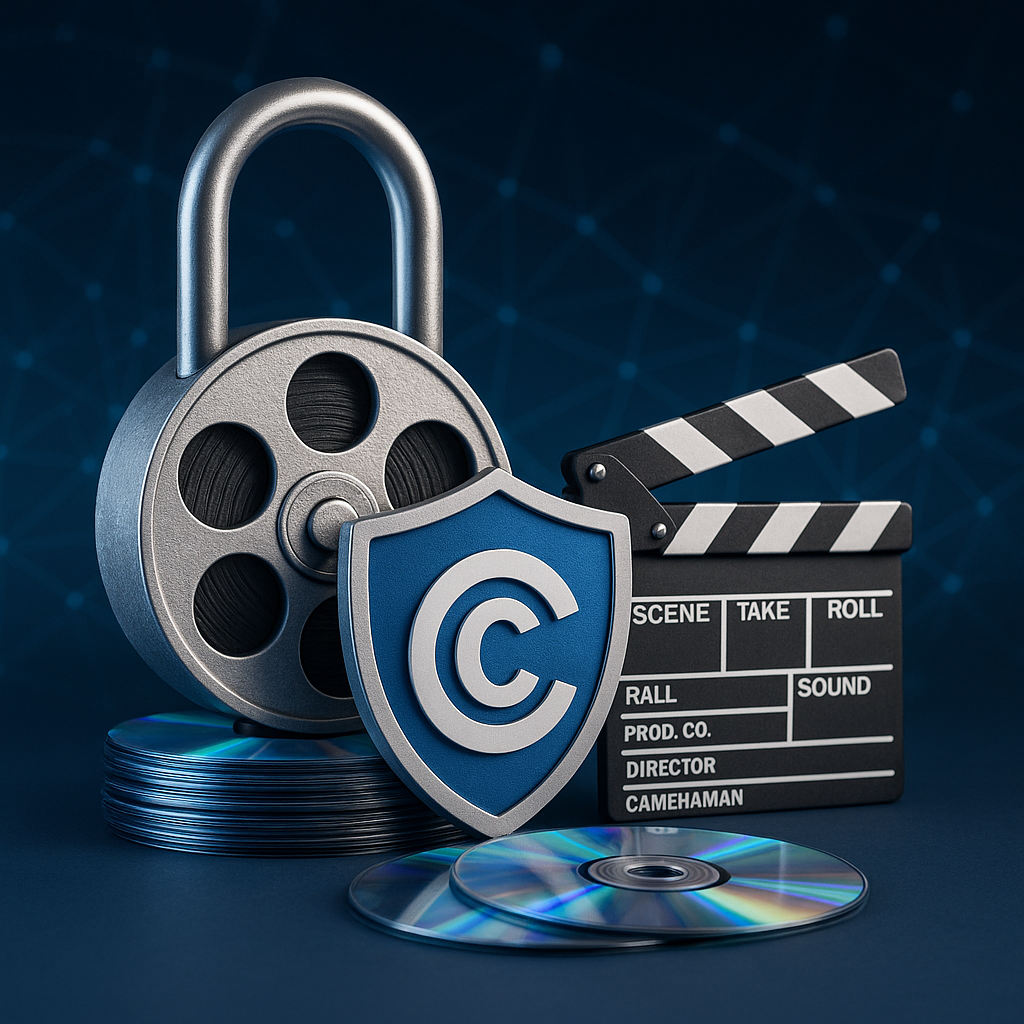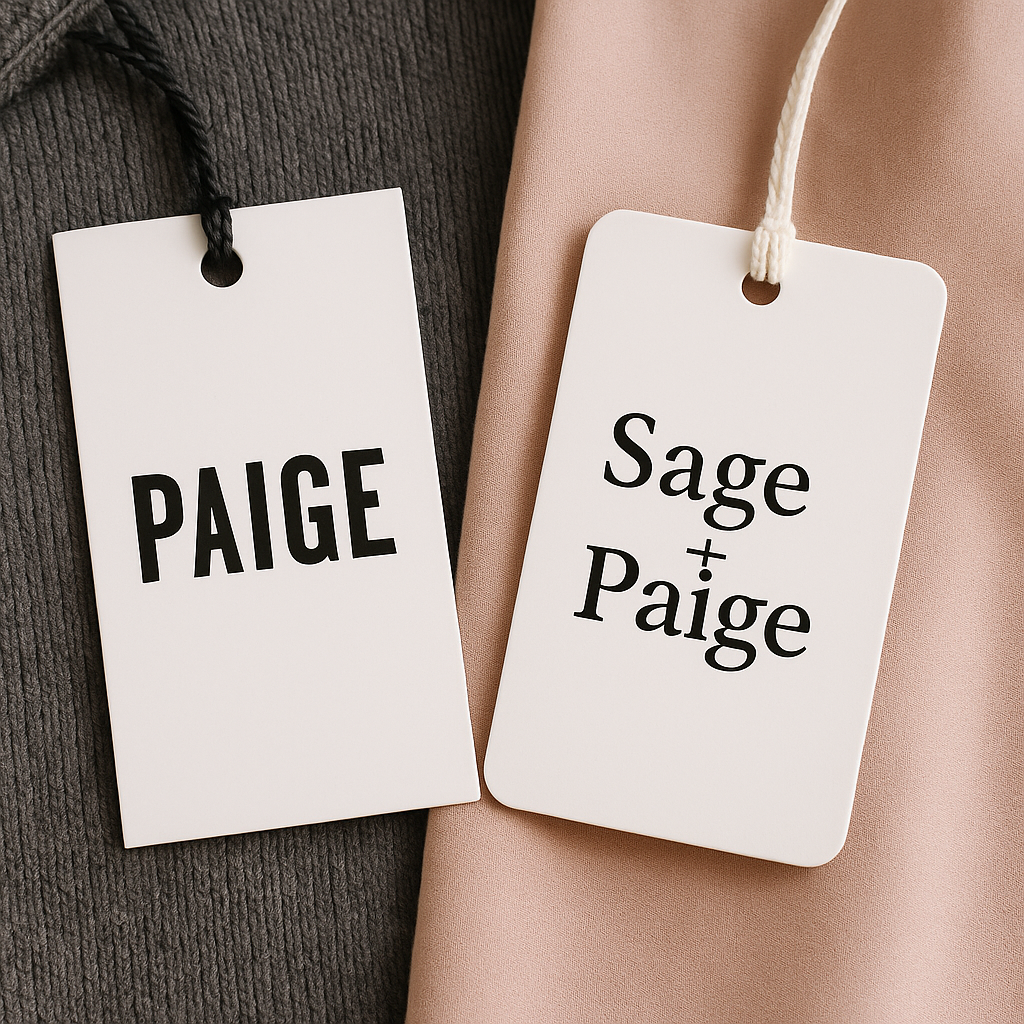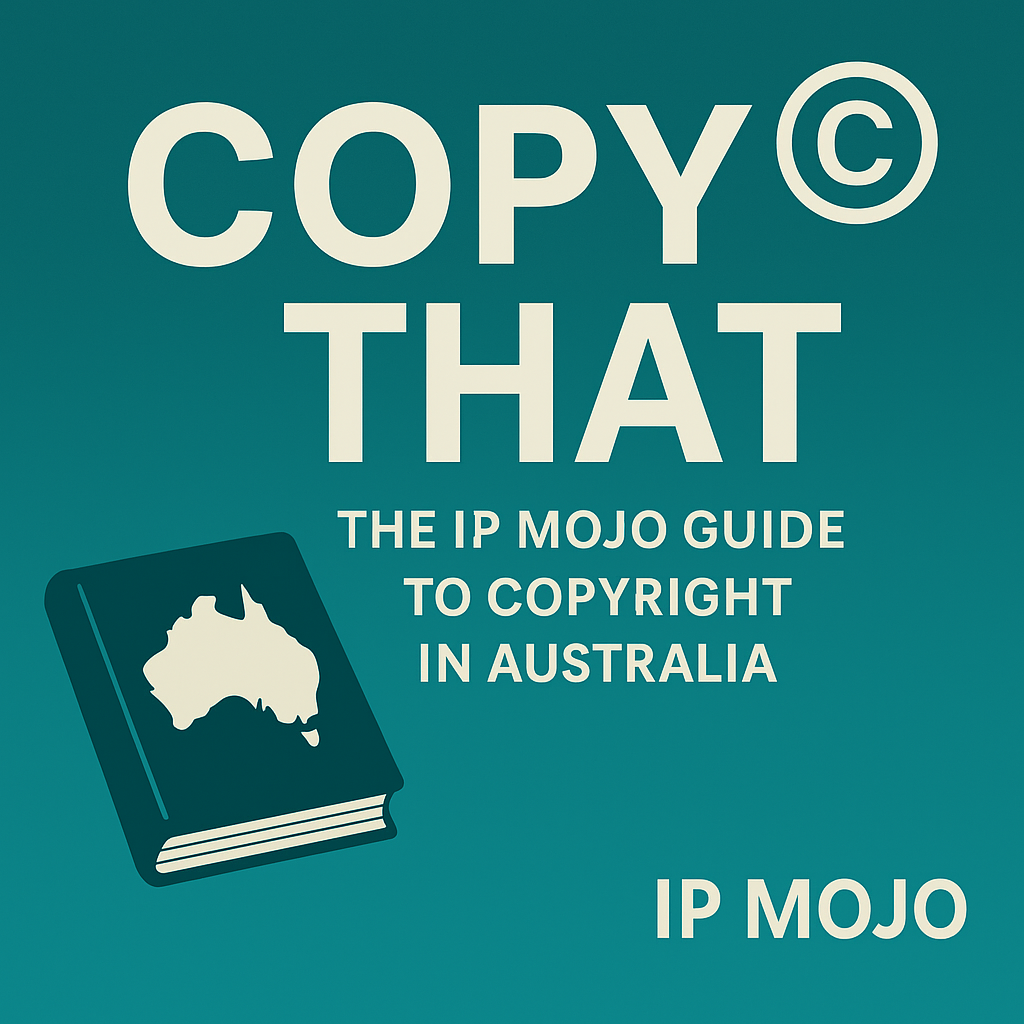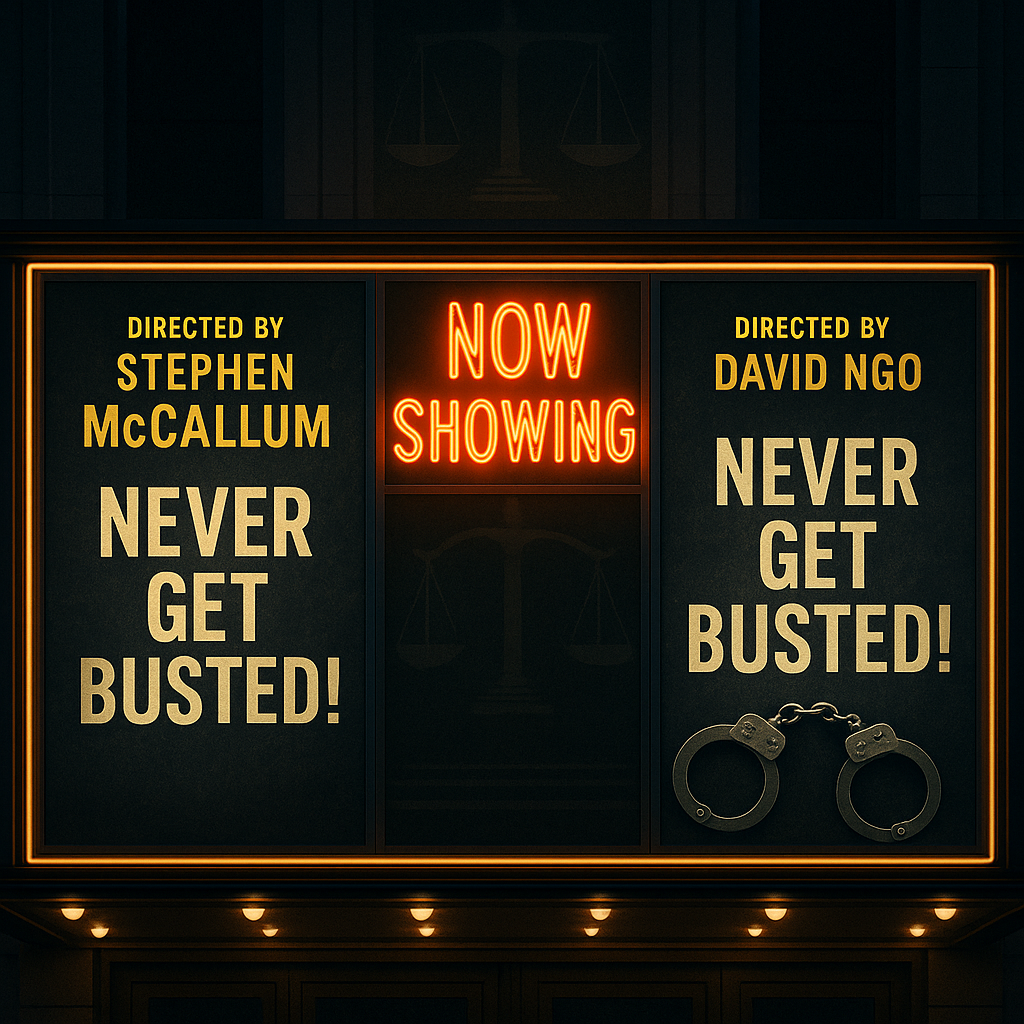Copy That, Part 3 – Economic Rights, Moral Rights, and Beyond
 Copyright isn’t just about money—it’s also about dignity.
Copyright isn’t just about money—it’s also about dignity.
In Australia, copyright law recognises two distinct sets of rights: economic rights and moral rights. Economic rights are about commercial control and exploitation. Moral rights are about personal connection and respect for the creator. Together, they shape not just who can profit from a work, but also how that work can be used and credited.
Economic rights: the commercial engine
Economic rights give the copyright owner exclusive control over:
-
Reproduction – copying the work in any form (printing, scanning, duplicating files)
-
Publication – releasing the work to the public for the first time
-
Performance – performing the work in public (for plays, music, etc.)
-
Communication – sharing the work online or by broadcast
-
Adaptation – turning the work into another form (e.g. a book into a film)
These rights can be licensed (permission granted, usually with conditions) or assigned (ownership permanently transferred). They’re the levers by which copyright generates income—royalties, sales, syndication, and more.
Moral rights: the creator’s personal stake
Moral rights aren’t about money—they’re about the creator’s relationship to their work. They belong only to individuals (not companies) and last for the creator’s life plus 70 years. There are three:
-
Right of attribution – to be named as the creator
-
Right against false attribution – to prevent someone else being credited for your work
-
Right of integrity – to prevent derogatory treatment of your work that prejudices your honour or reputation
Moral rights cannot be assigned—you can’t sell them. But a creator can give written consent to acts that might otherwise infringe these rights.
The commercial reality
In industries like film, publishing, advertising, and architecture, it’s common for creators to be asked to give moral rights consents (sometimes called waivers). This lets the work be altered, edited, or incorporated into larger projects without constant approvals—important in collaborative, large-scale productions.
For businesses, understanding moral rights isn’t just legal hygiene—it’s risk management. For creators, it’s a reminder that copyright isn’t just an asset, it’s part of your identity.
Next up in our Copy That series:
Part 4 – Copyright Duration and the Public Domain
Because nothing lasts forever—except maybe the internet.

 You wrote it. You made it. You own it… right?
You wrote it. You made it. You own it… right? In a decision straight from the catwalk of modern trade mark law, the Federal Court has dismissed a challenge by Californian fashion label Paige LLC against the Australian brand Sage + Paige, ruling that the newer composite marks are not deceptively similar to PAIGE and won’t mislead fashion-savvy Aussie consumers.
In a decision straight from the catwalk of modern trade mark law, the Federal Court has dismissed a challenge by Californian fashion label Paige LLC against the Australian brand Sage + Paige, ruling that the newer composite marks are not deceptively similar to PAIGE and won’t mislead fashion-savvy Aussie consumers. Part 1 – Copyright 101: What It Is and Why It Matters
Part 1 – Copyright 101: What It Is and Why It Matters The Federal Court has issued an injunction two days before the Melbourne International Film Festival (MIFF) in relation to the credits of a documentary called Never Get Busted! after one of its co-directors claimed the other director was busted crediting himself as “Principal Director”.
The Federal Court has issued an injunction two days before the Melbourne International Film Festival (MIFF) in relation to the credits of a documentary called Never Get Busted! after one of its co-directors claimed the other director was busted crediting himself as “Principal Director”.